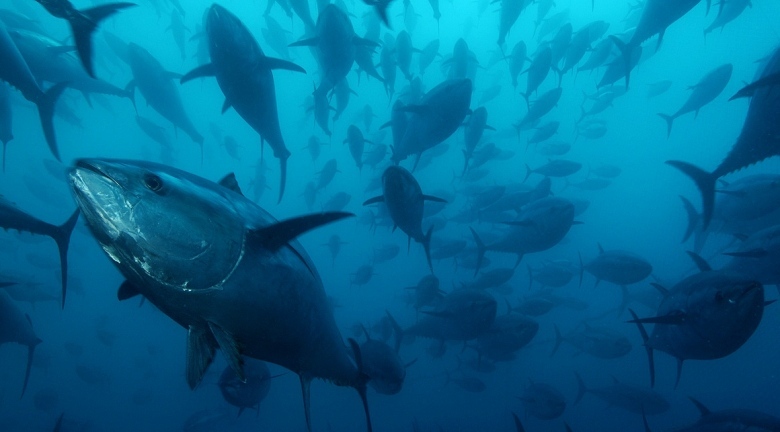
Water is on track to be the most important and contentious resource of the 21st century. It could replace oil as the resource that triggers political conflict. But with the right solutions, it could also be the one that brings us all together. In 2003, Nobel Laureate Richard Smalley gave a lecture at Rice University’s Energy & Nanotechnology Conference highlighting humanity’s top 10 problems for the next 50 years.
His list, in descending order of importance, was: energy, water, food, environment, poverty, terrorism and war, disease, education, democracy, and population. The reason energy and water sit at the top, ahead of food and poverty, is that addressing them alleviates subsequent problems. Developing abundant sources of clean, reliable, affordable energy enables an abundance of clean water. An abundance of clean water enables food production and protects the environment. And so forth.
In many ways, the 1900s was the century of energy conflict, with great skirmishes triggered and fueled by a quest for petroleum. Now, the dawn of a new energy era is just around the corner, with the prices of solar power plummeting, and distributed generation and energy efficiency on the cusp of taking off, and we can project forward to a time this century when water replaces energy as the next great challenge for humanity. Getting water right could clear the path to a fully liberated, healthy, and peaceful civilization.
But water is complicated. First, there’s no alternative. There are alternatives to coal and petroleum, but water cannot be replaced. Second, water is intertwined with every other sector of society. Energy production requires water for cooling power plants and fracturing shale. Agriculture needs water for irrigation. Industry and cities use trillions of gallons of water for all sorts of purposes. Third, water demands are growing at the same time supplies are fluctuating. Climate change is expected to intensify droughts and floods while shifting where water will be and when. That means humanity will be confronted with decisions about whether to move people to water or water to people.
Thankfully, there are solutions. Some are large, incredibly expensive, and energy-intensive, such as building cross-continent water-transfer aqueducts, new hydroelectric dams, and massive desalination plants. Some are small, such as using micro water harvesters that condense water vapor out of the air. All of them take a while.
